Introduction Healthy food:
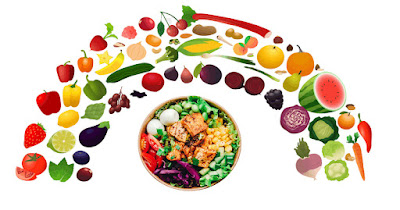 |
| Health Food |
Healthy food doesn’t have to be complicated or boring! With the right set of tools, you can start eating healthy and still enjoy the foods you love. Take this guide on how to make healthy food simple, and you’ll find yourself with more energy, clearer skin, and less weight gain over time. Follow these tips to a healthier lifestyle today!
Carbohydrates:
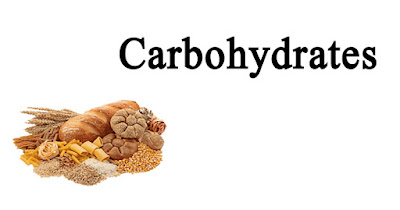 |
| Health Food |
Crabs are an important part of any healthy diet & healthy food, but you don’t have to reach for a bagel and cream cheese every morning. In fact, most Americans get more than enough carbohydrates from whole grains. Whole grains include wheat, rice, oats and quinoa. They provide plenty of fiber as well as iron and other minerals that can help prevent illness. Adding more whole grains to your diet will also reduce your risk of developing heart disease. Brown rice, wild rice and bulgur are all examples of healthy whole-grain foods. Don’t be afraid to experiment with different kinds of whole grains, either—the different flavors and textures add variety to your meals.
Here are some simple ways to incorporate more whole grains into your diet: Try brown rice instead of white at dinner or opt for barley instead of potatoes on your next sandwich. Make it a habit to read food labels so you know how much carbohydrate is in each serving size. For example, bread labeled whole grain contains at least 51 percent whole grain by weight while bread labeled multigrain contains at least 16 percent by weight.
Proteins:
All proteins are composed of chains of amino acids. Proteins are made by living things and have specific functions within organisms. Some examples include hormones, antibodies, enzymes, and blood clotting factors. Animal sources tend to be complete proteins, meaning they contain all nine essential amino acids (the building blocks of protein). Examples include chicken, beef, pork and eggs. Plant-based foods often lack one or more of these essential amino acids. They’re called incomplete proteins because you need to combine different plant-based foods in order to get a full complement of essential amino acids. An example is beans and rice; both are incomplete on their own but together they create a complete protein source.
Fats:
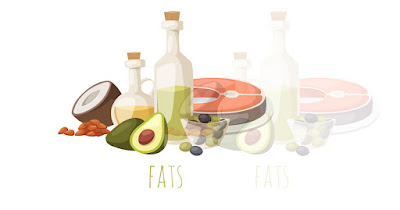 |
| Health Food |
These days, it’s very difficult to avoid consuming fats.
Fatty foods abound. Even if you opt for a healthy salad at lunch because salad
is healthy food, chances are your
favorite dressing is full of fat. Fats are not inherently bad—they provide
calories and can be used by your body as an energy source—but they should be
consumed in moderation. To lose weight safely but quickly, limit your intake of
saturated fats (found in meats and cheese) and Tran’s fats (found in fried
foods). If you want a healthy way to boost calories, look no further than
protein sources such as fish or nuts! They may not contain much fat, but they
make up for it with high levels of protein.
Micro nutrients:
What Are They and How Do They Affect Me? Nutrients are any substance your body needs for health and growth. We often think of foods in terms of calories, fats, proteins, carbohydrates and vitamins and minerals. All those things are considered micro nutrients because they’re needed in very small amounts each day. Micro nutrients include nutrients like water, vitamins A through K, iron, calcium and more than 20 others that support optimal health. When you have plenty of these nutrients—from a healthy diet or supplements—you’re more likely to be energized and ready to take on life’s daily challenges. If you don't get enough macro nutrients or micro nutrients from your diet or supplementation plan, problems can arise.
Vitamins & Minerals:
Vitamins and minerals are naturally occurring substances that are essential for maintaining good health. They’re found in a variety of foods, including fruits, vegetables, whole grains, nuts and seeds. Vitamins and minerals play an important role in many processes within your body; they provide energy, help maintain muscle mass and support organ function. When your body doesn’t get enough of them (either because you aren’t eating enough nutritious foods or you aren’t absorbing enough), they can lead to a number of health problems. Here are some essential vitamins and minerals everyone should know about: Calcium is one of the most commonly known vitamins.
Water:
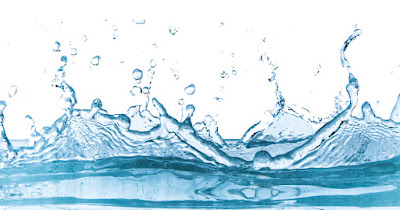 |
| Health Food |
Drink Water, Not Juices or Sports Drinks. Juices and sports drinks contain a lot of calories and sugar but very little nutrition. Water is not only healthier for you; it also allows your body to stay hydrated without unnecessary sugars that can lead to weight gain. Instead of fruit juices or sugary sports drinks, drink plain water with a slice of lemon or lime. The slight flavor will help you feel like you’re drinking something sweet while still giving your body what it needs. If plain water tastes bad to you, add some mint or basil leaves for an added boost. These herbs are known to improve digestion and reduce bloating.
Hydration Tips:
Avoid thirst. Drink up! The first thing you should know about hydration is that simply paying attention to your body’s thirst cues isn’t enough. As surprising as it sounds, most people actually mistake dehydration for hunger and end up eating when they are in fact thirsty, which can lead to overeating. In other words, if you experience hunger between meals, you are more likely dehydrated than hungry and need more water, not food. To avoid confusion, make sure you drink at least half of your body weight in ounces of water every day (for example, a 200-pound person would drink 100 ounces). This will help keep your digestive system running smoothly and reduce cravings so you don’t feel tempted to snack on junk food or fill up on empty calories.
Iron in Your Diet:
Iron is an essential part of your diet. It carries oxygen in your blood and helps maintain a Healthy food immune system. Good sources of iron include red meat, poultry, seafood, legumes and leafy green vegetables. Women over 50 should have 16 milligrams of iron each day while men should have 8 milligrams daily. Pregnant women need more iron as well with 27 milligrams per day during their third trimester and 53 milligrams per day when breastfeeding. Men who are physically active or work in jobs that require heavy lifting may also need extra iron. If you’re concerned about your iron intake, talk to your doctor about whether you should take an iron supplement. You can also try eating more foods rich in vitamin C since it enhances absorption of non-home (plant) iron from foods like spinach and broccoli.
Baking Oils and Fats:
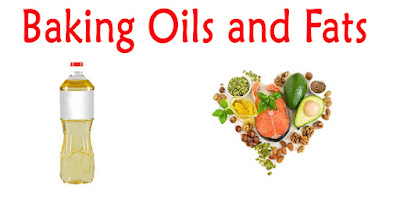 |
| Health Food |
When you’re on a quest for healthy eating, you may wonder how much fat is really in different oils. Fortunately, calories aren’t everything when it comes to fat. Some fats are heart-healthy; others aren’t. This can make your quest for healthy food even more confusing, but there are some general guidelines that should help make sense of things. For starters, there are two main types of dietary fats—saturated and unsaturated—that each have different benefits and drawbacks (e.g., saturated fats tend to be solid at room temperature). Here’s a quick breakdown
Healthy Fats - How Do I Use Them?
One of the most important aspects of maintaining a Healthy food & healthy diet is learning how to incorporate good fats into your daily routine. Without them, you’re likely to become deficient in fat-soluble vitamins like vitamin A, D, E and K. In addition, good fats can help increase your metabolism, promote healthy hormone levels and aid in muscle development. There are two main types of fat—saturated and unsaturated—and some should be included in every meal while others should be used sparingly. Unsaturated fats come from natural sources like nuts, vegetable oils and fish. Some unsaturated fats are better for you than others—the good ones include olive oil and avocado oil while soybean oil is on a par with butter.
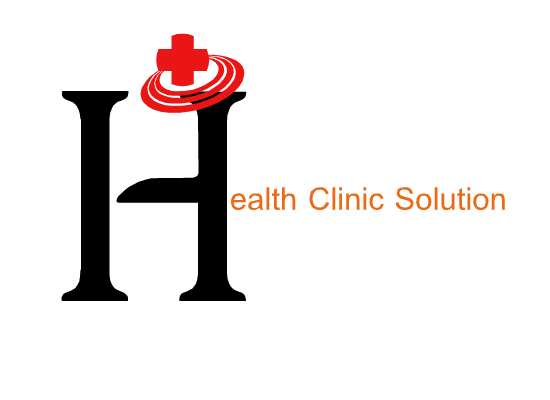

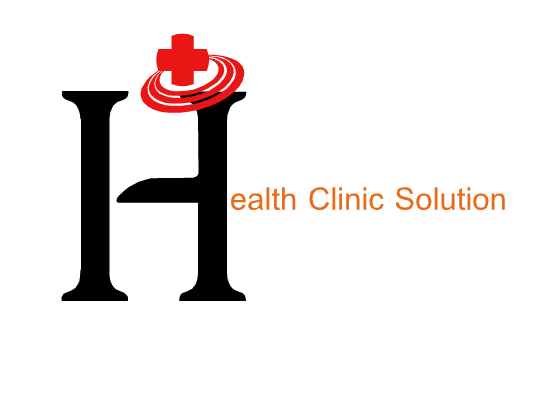


0 Comments